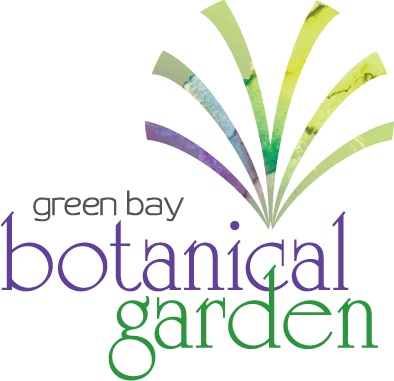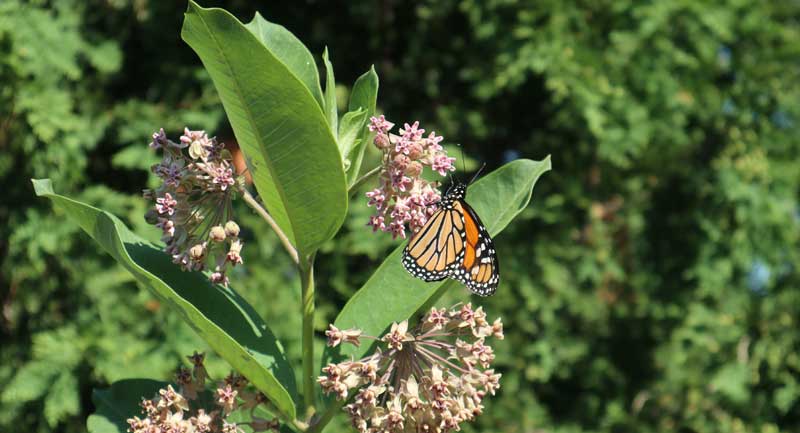Just like us, the critters in your landscape need shelter, food, and water to thrive. But how do you effectively make your landscape, backyard, or even patio area into the perfect home for the wildlife in your area?
By focusing on creating critter-friendly spaces in your landscape, you will help provide a safe and cozy space for all sorts of different wildlife, bugs, and beautiful creatures. This means you’ll contribute to healthy habitats for wildlife to thrive. So, let’s get started!
Food & Homes
The first step in making your landscape a home for wildlife is providing wildlife food sources and homes. Creating bird feeders, bat houses, and butterfly houses is an excellent first step you could take.
Birds are always on the move, from migrating or just traveling around, and they need adequate food stops to keep them energized. Bird feeders make excellent stopover points for migratory birds where they can get a steady source of nutrition during times when they cannot find food themselves.

Bats can be a scary animal at first, but providing homes for bats can be beneficial for your local area. One bat can eat 500-1,000 mosquitoes in a single night, which will save you money on pesticides and protect you, your family, and pets from diseases. Bat houses are inexpensive and relatively easy to construct. They have to be located at least 15 feet above the ground, rough on the inside to the bats can cling onto the surface, and close to a water source.
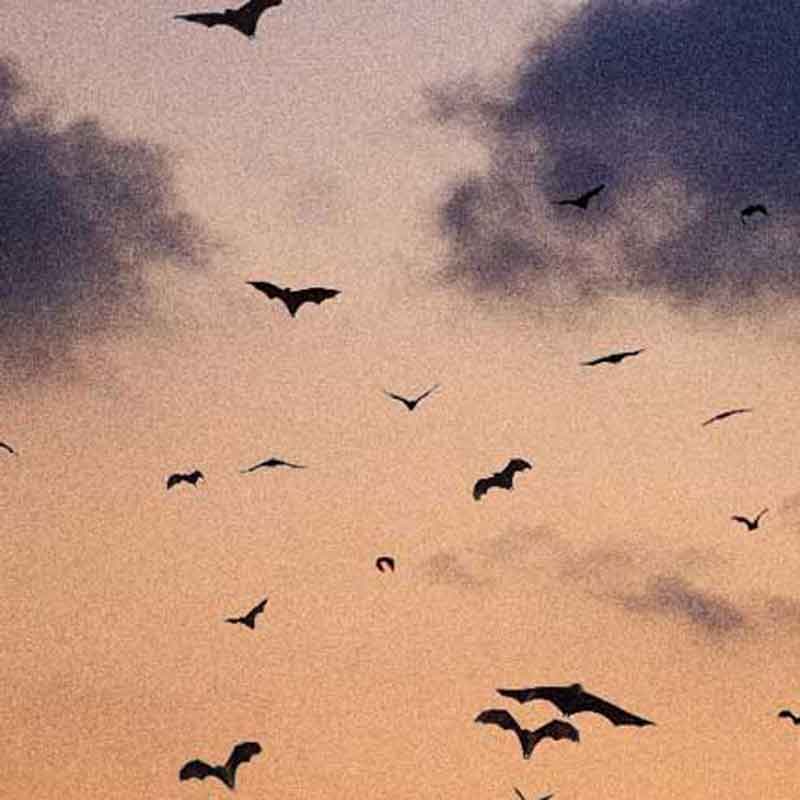
When the weather starts to cool off, some butterflies, moths, and caterpillars begin their annual migration, prepare to overwinter in a chrysalis, or start a hibernation process. A butterfly house helps support the species of butterflies that spend the winter. Unlike a birdhouse, a butterfly house has long, narrow slots rather than a round hole. These slots allow access to butterflies, moths, and caterpillars, but keep the birds out.
Water Sources
Just like us, wildlife needs water to survive. If there is not a water source near your landscape, wildlife will not be attracted to your area.
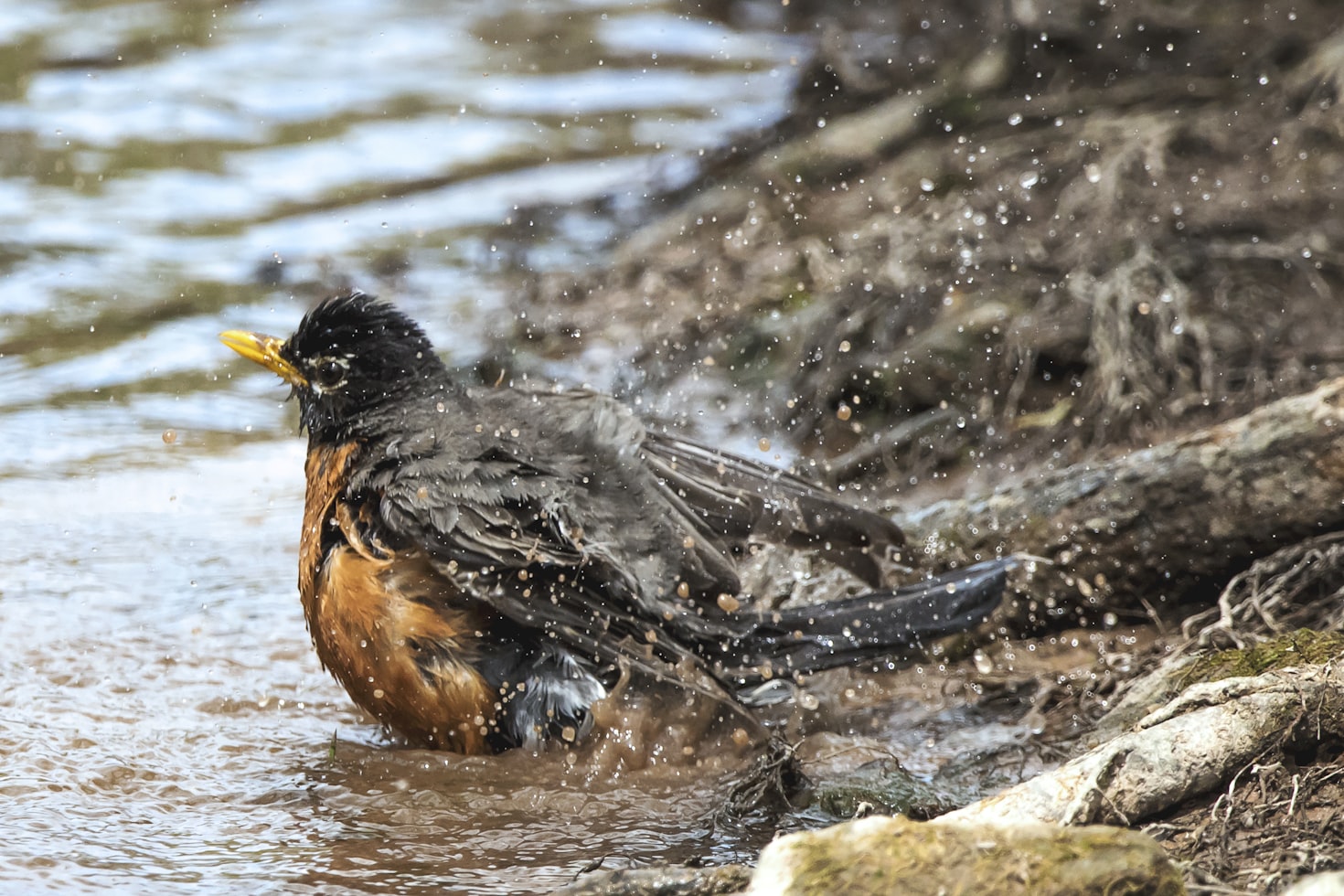
You can go above and beyond in creating an inground pond, which is obviously expensive and takes up a lot of space, or you can go as simple as a birdbath. Bird baths allow all different kinds of wildlife for drinking, cleaning themselves off, and more!
Native Trees, Plants, & Flowers
Native plants are essential for your local environment. They adapt to the environment and soil conditions where they reside. These plants help provide nectar, pollen, and seeds that give native butterflies, insects, birds, and more animals a food source. Because they are native, they provide the correct source of nutrients for native wildlife. Indigo bush, Eastern red columbine, swamp milkweed, and butterfly weed, are just a few to add color and diversity in your landscape, backyard, or patio garden.

PC: Jeffrey Hamilton on Unsplash
If you feel lost on how to artfully place these beautiful plants and flowers in your landscape, check out our Schneider Family Grand Garden for inspiration.
Reduce Your Pesticide Usage
Pesticides are a danger to all wildlife. It can affect their food sources, water sources, and shelters.
When spring comes and the bugs are coming back, don’t assume that they are harmful or going to harm your plants or landscape. A lot of the harmful bugs are prey for the good bugs! Let nature take over to create balance instead.
Having a diverse group of wildlife in your landscape is a beautiful thing. Hearing the birds sing in the morning, seeing bats swoop to grab mosquitoes at night, and noticing more butterflies fluttering around your neighborhood will make it a magical place.
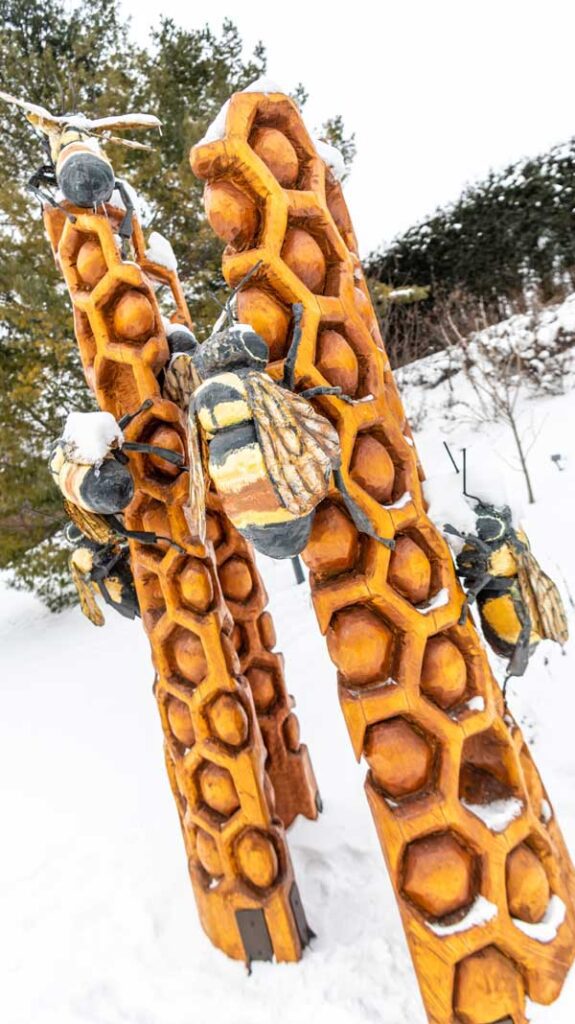
PC: John Oates Photography
If you want to learn more about how to make your landscape, garden, patio, balcony, or neighborhood a supportive place for wildlife to thrive, visit Green Bay Botanical Garden to check out Habitat! Learn how protecting habitats protect us and how you can help the wildlife in your area.
Habitat was developed by Smithsonian Gardens and is made available by the Smithsonian Institution Traveling Exhibition Service.
